Iranian Carpet Bazar
.
Project Details
The project is located on the sixth floor of a commercial complex in one of the main arteries of Shiraz. With a uniform and wide surface of about 4000 square meters and different height levels, which by being located in the vicinity of the wide void of the complex, visual communication with the city has been provided
The goal of this carpet collection was to create a larger and more complete place, along with its other branches, where it offers all kinds of carpets in different styles and sizes. In general, we were faced with two types of Iranian and machine-made carpets with two different natures, which brought duality in the space of presentation and display
Here, the problem of the project was how to place these two types of carpets next to each other and in relation to the whole collection, as well as defining movement circulation and moving around in different spaces in order to effectively present and display the carpets
Since the project was faced with a single and wide surface, a spatial triangle was defined in it, the Iranian carpets section and the machine carpets section on both sides of the space and the middle section that was the interface between the two sections. The middle part was considered as an empty space, which defined the depth and scope of the whole space by entering it and led the audience to different spaces. The placement of spaces and the movement path between them were defined in such a way that a person is drawn from one space to another and has diverse experiences according to the quality of different spaces and different types of carpets. It was defined by moving, pausing, choosing, staying and moving again in three interactive spaces between architecture, carpet and human
The section of machine carpets was seen as simpler and more neutral, and with the use of stone material, it has the feeling of an industrial atmosphere. According to the different sizes of the carpet rugs and their circulation radius, the spaces were defined with larger dimensions and more geometric structure
The section of Iranian carpets was defined by long familiarity with the past and not a representation of the same, and by using the material of brick, a bed of texture and color was formed and included the Iranian carpet, which itself has a defined identity from the past. And it was formed with a freer structure and carpet beds and shelves were arranged in it
The empty space between these two sections was considered to be the empty space of the complex to provide both natural daylight and visual connection with the city, and to accommodate service functions in interaction with different spaces
Commercial
- .

- .

- .
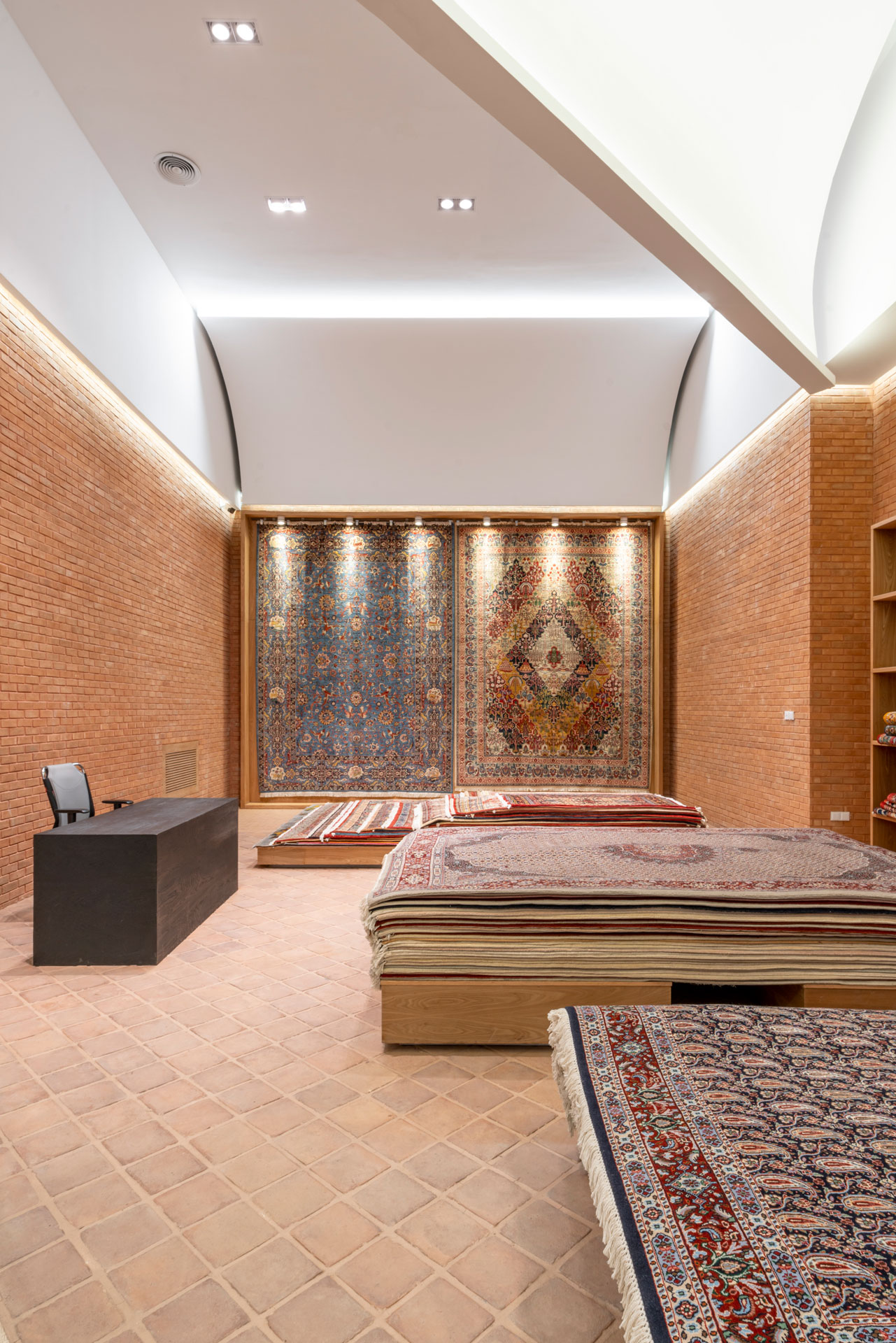
- .
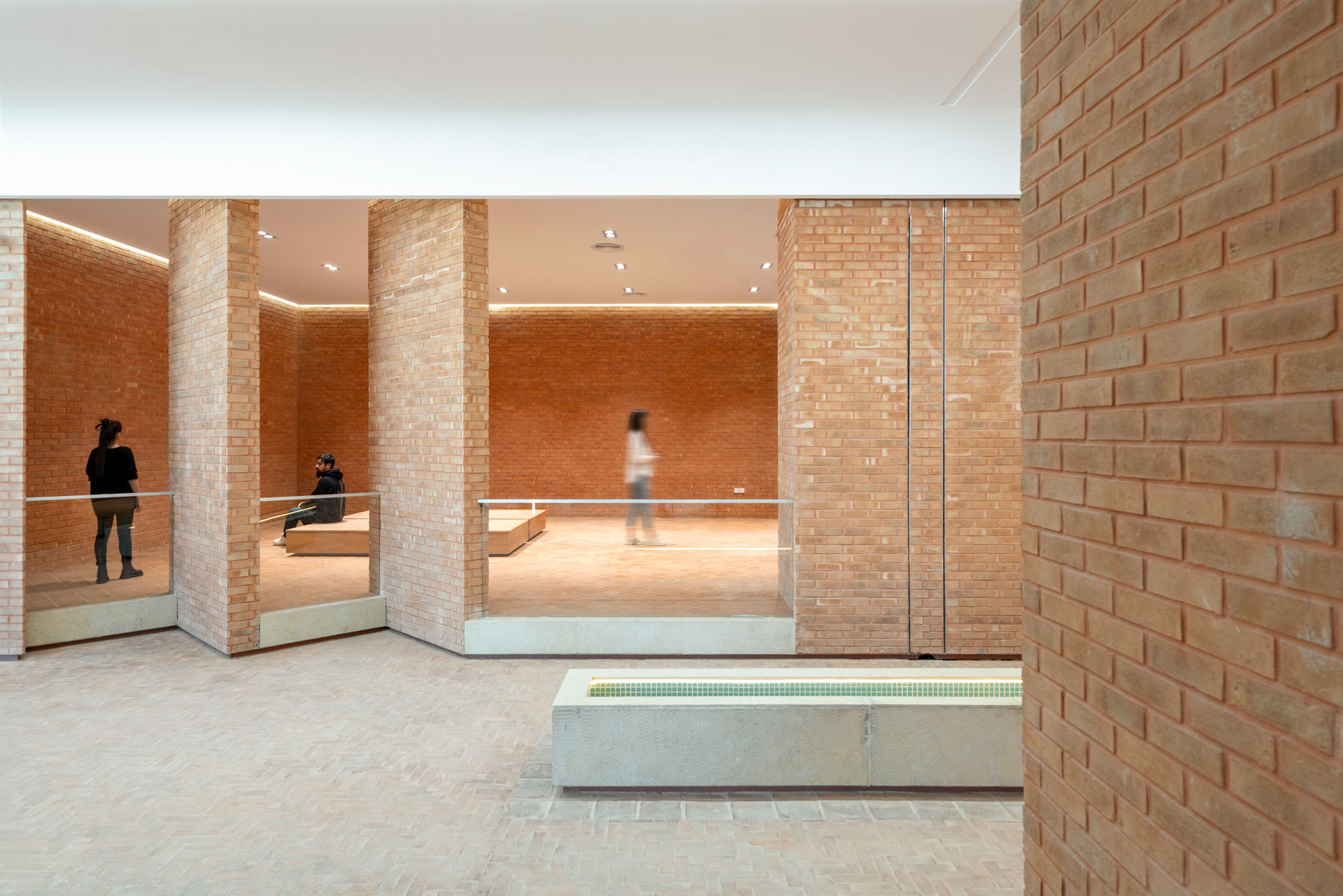
- .
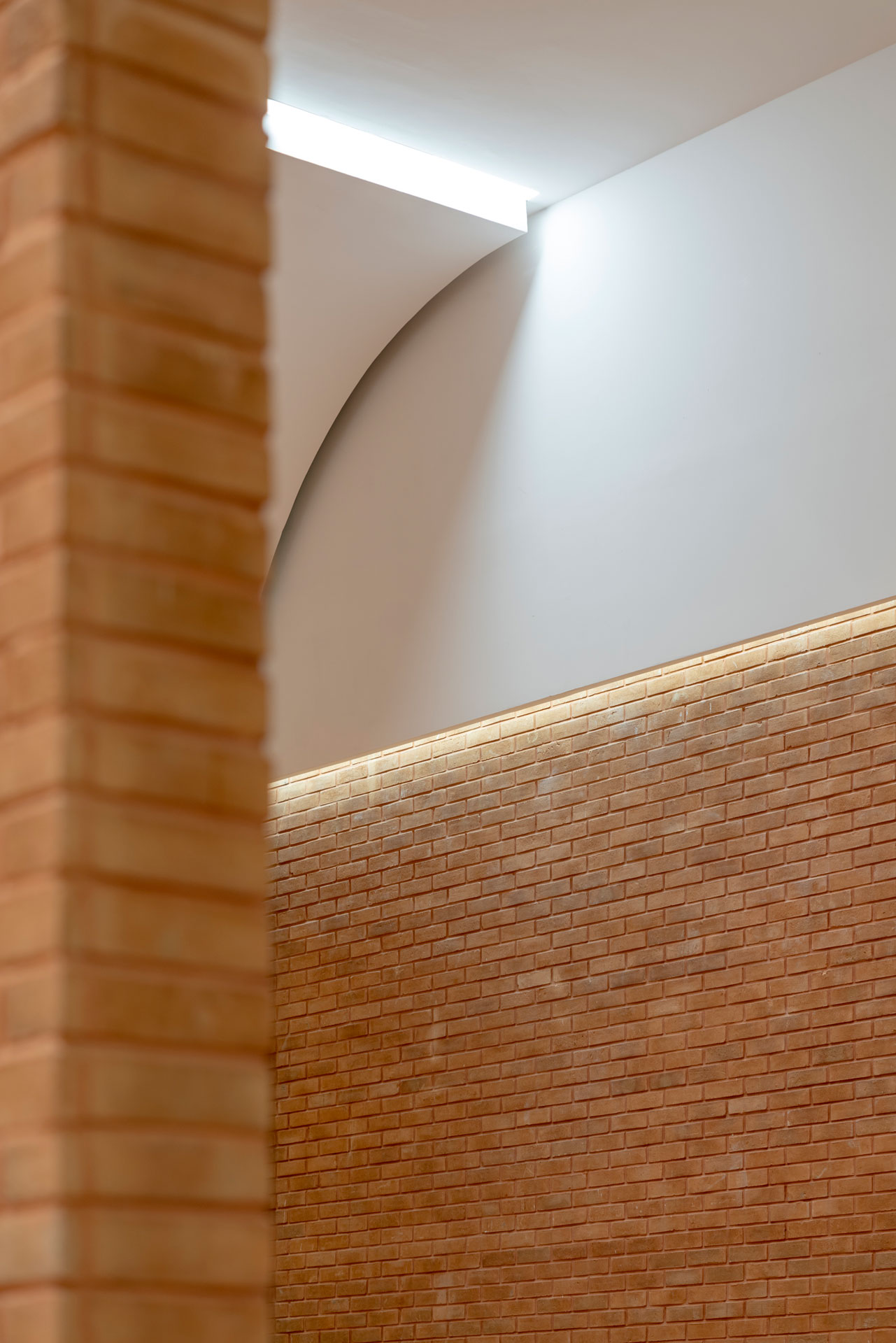
- .

- .
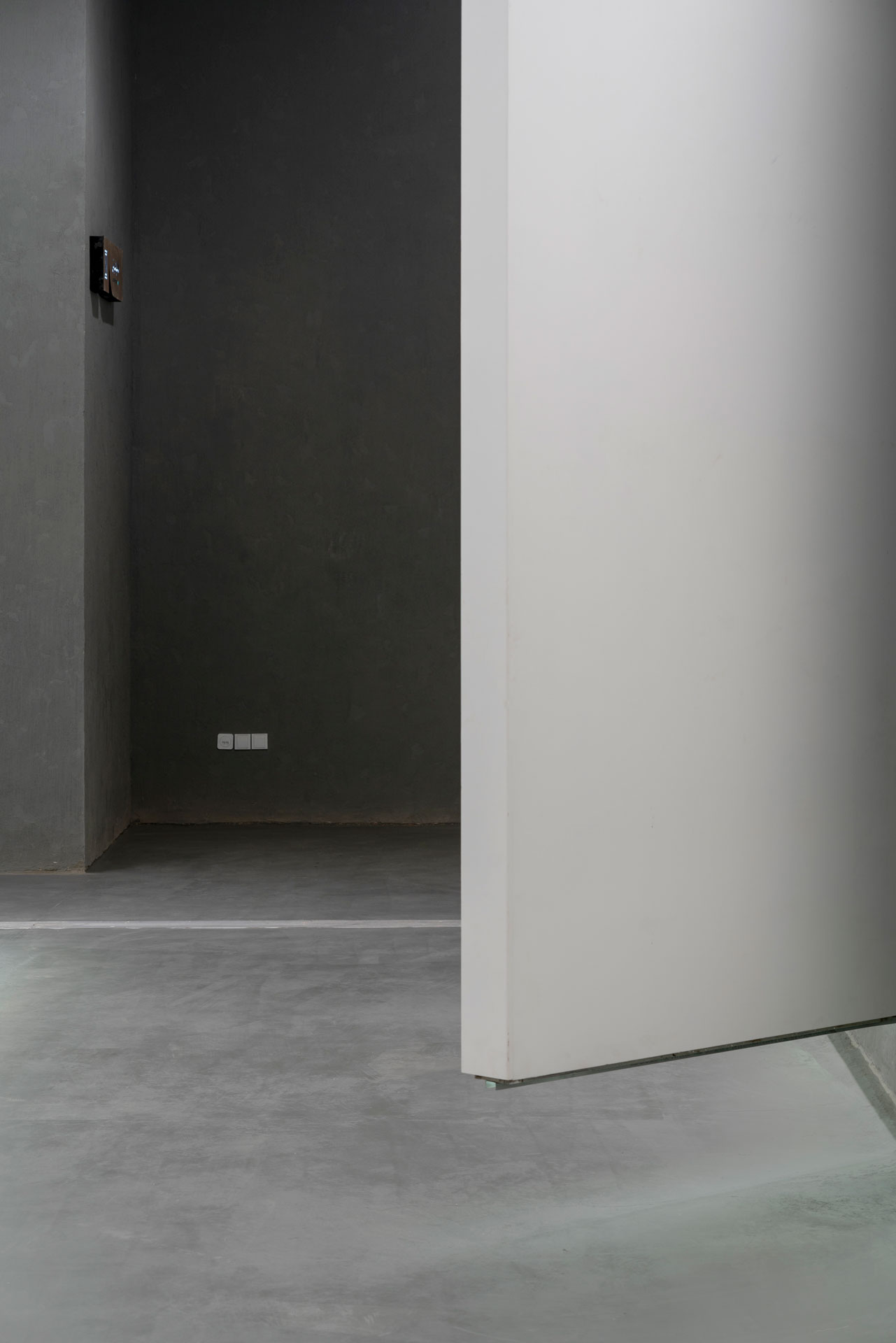
- .

- .
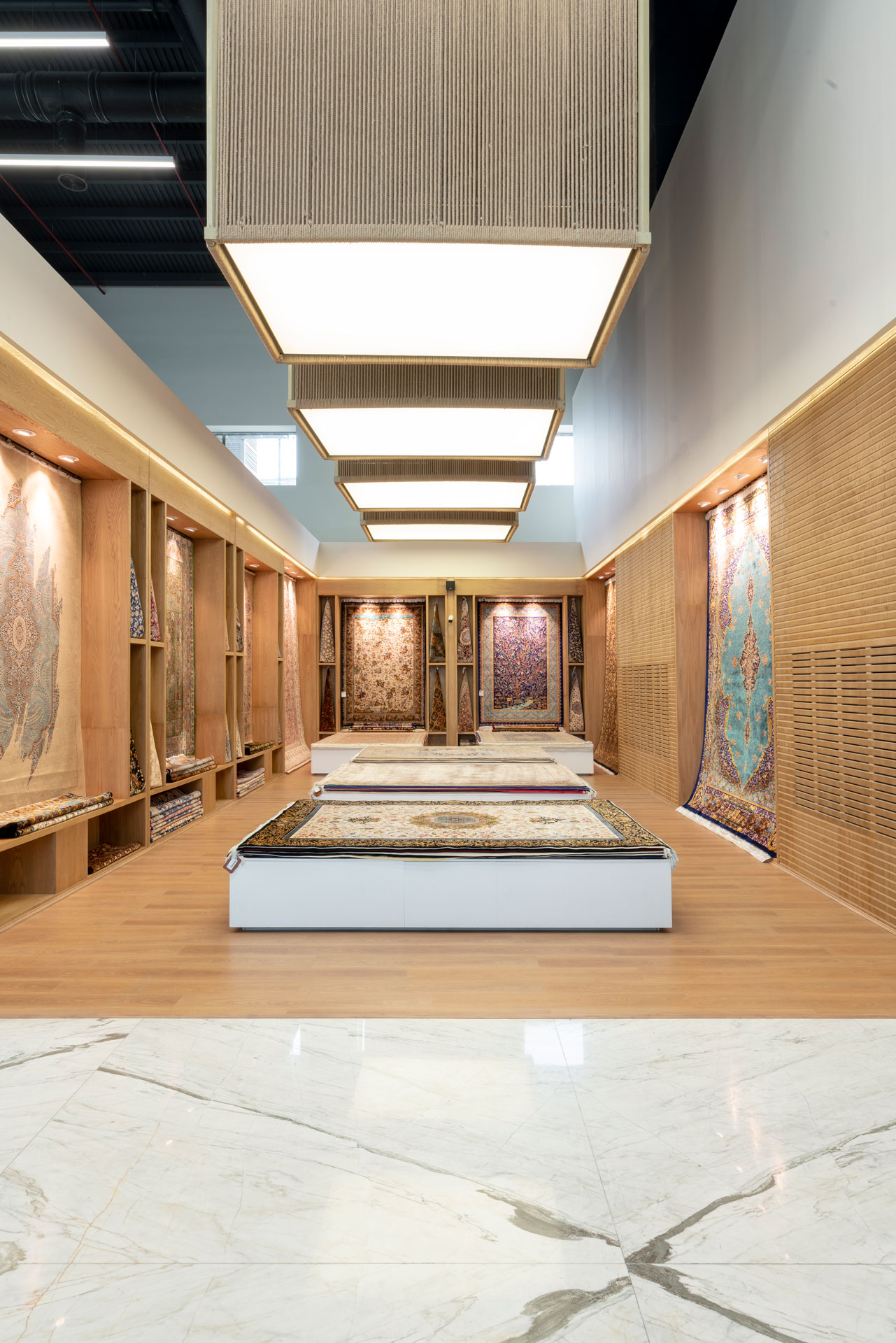
- .
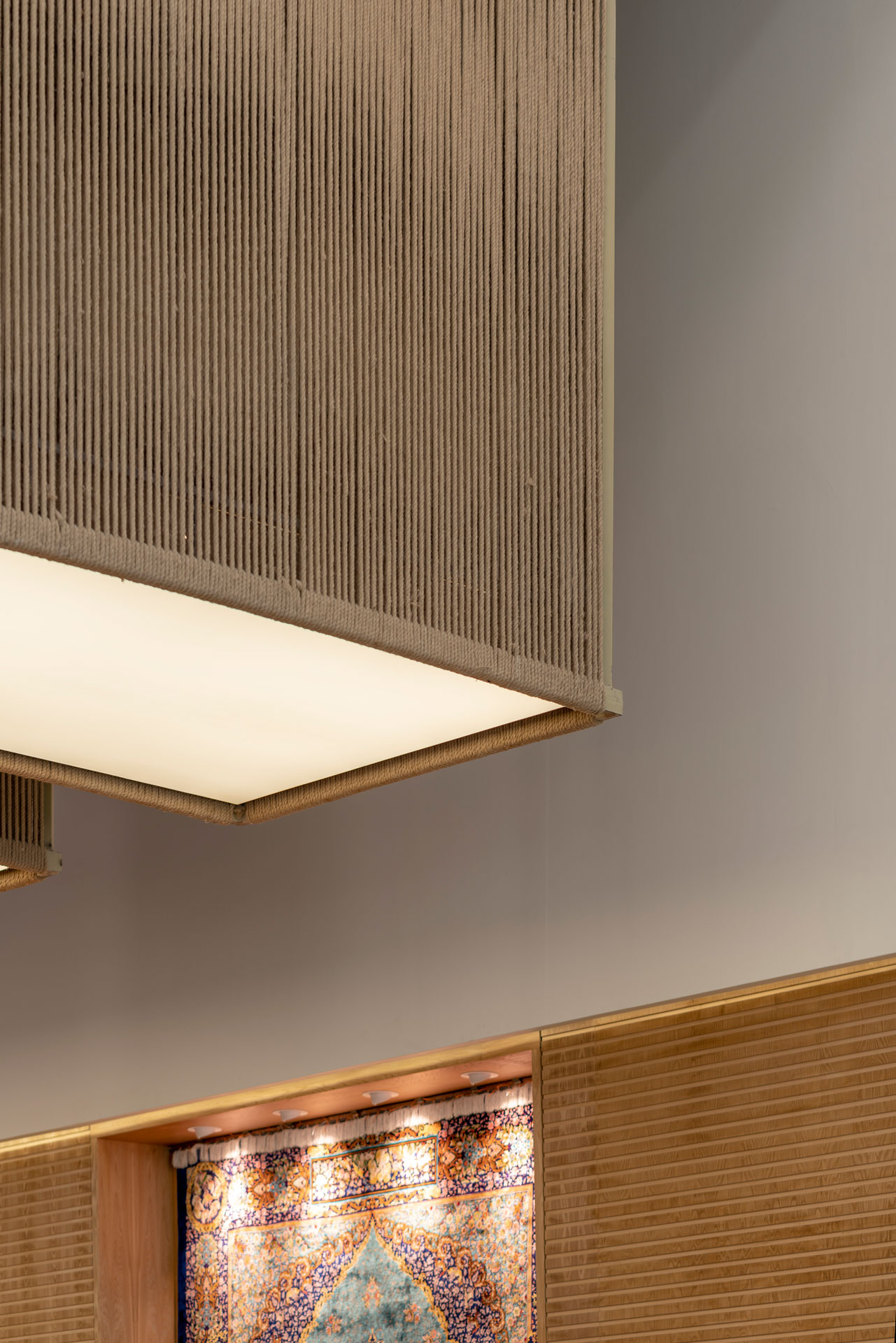
- .
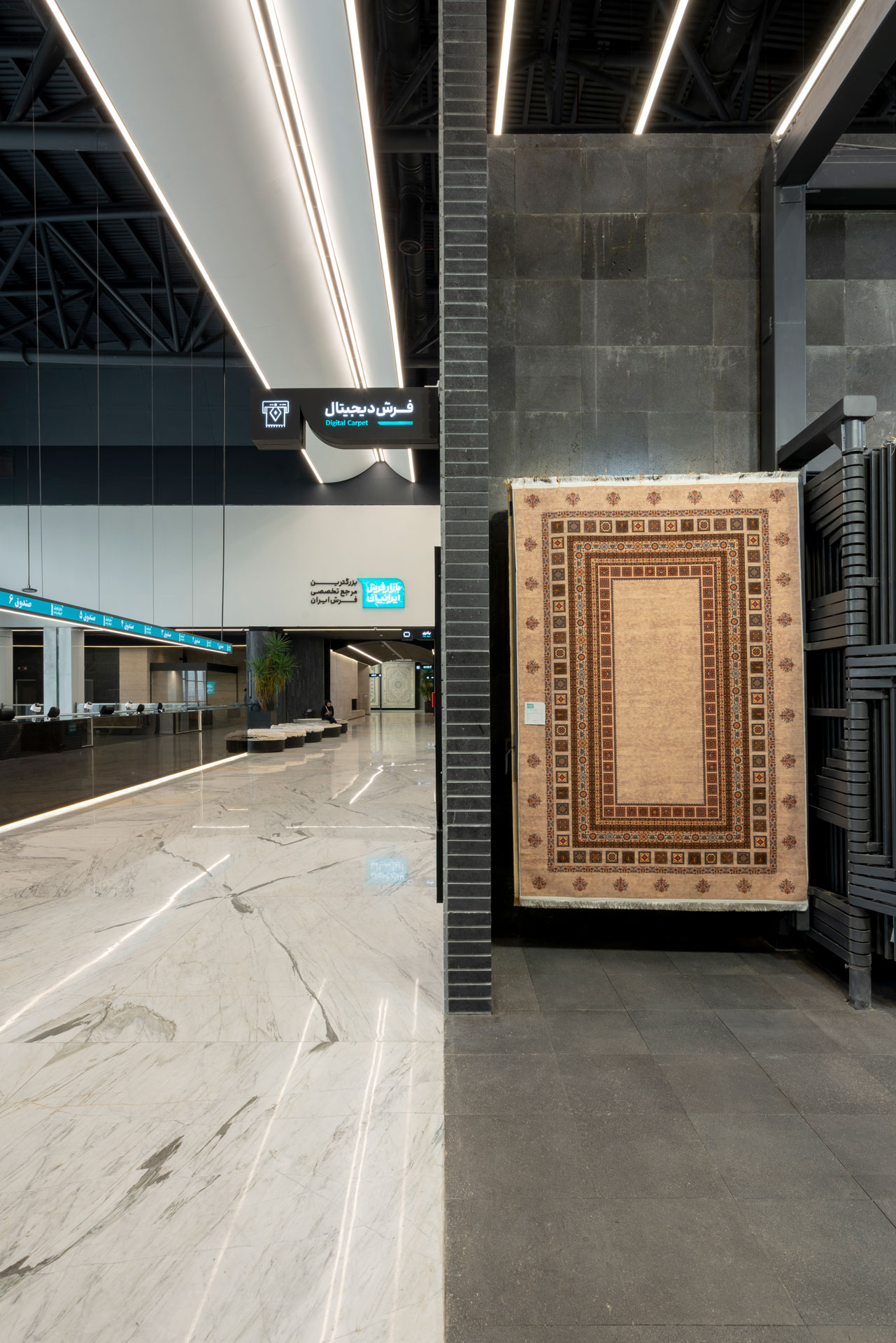
- .
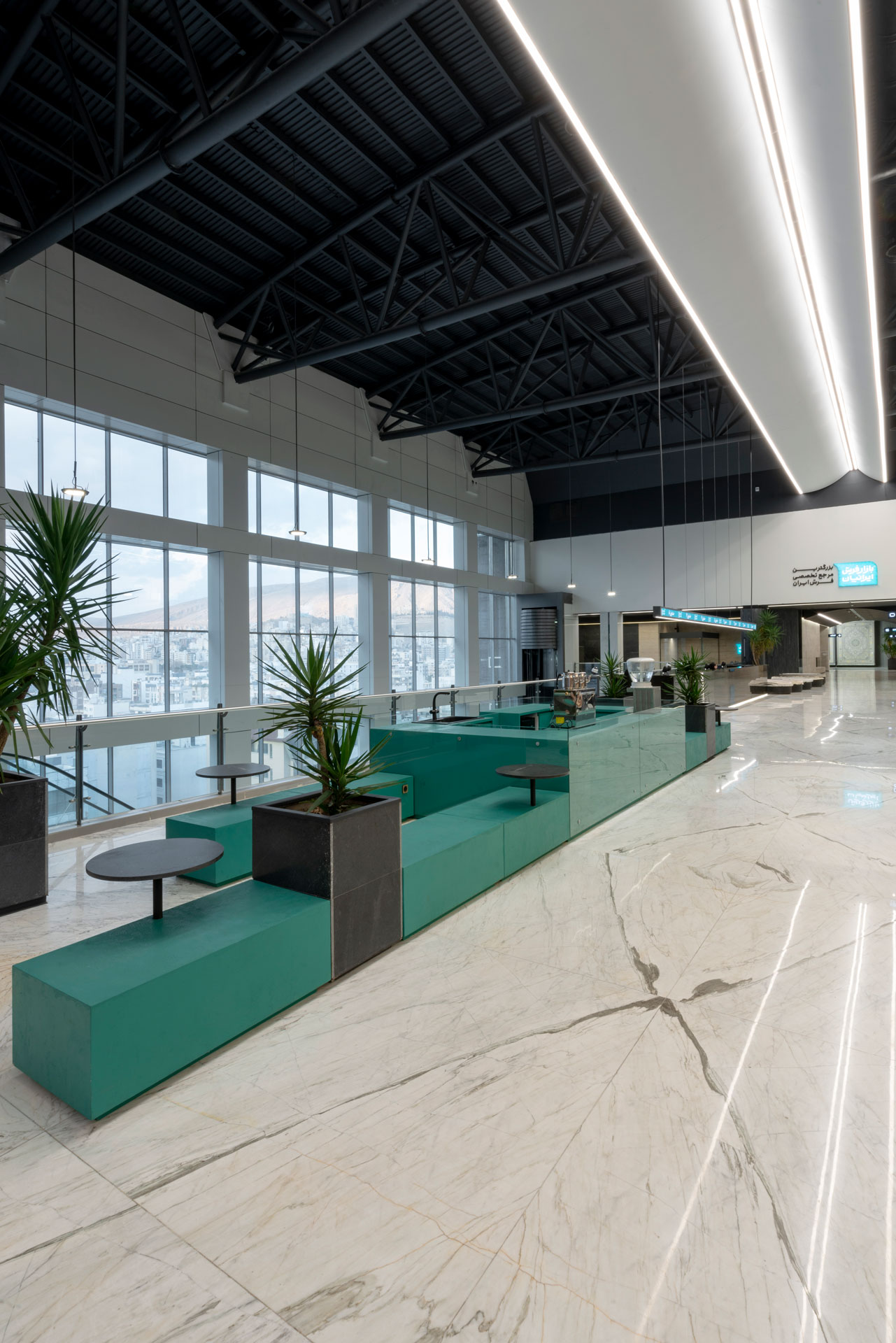
- .

- .
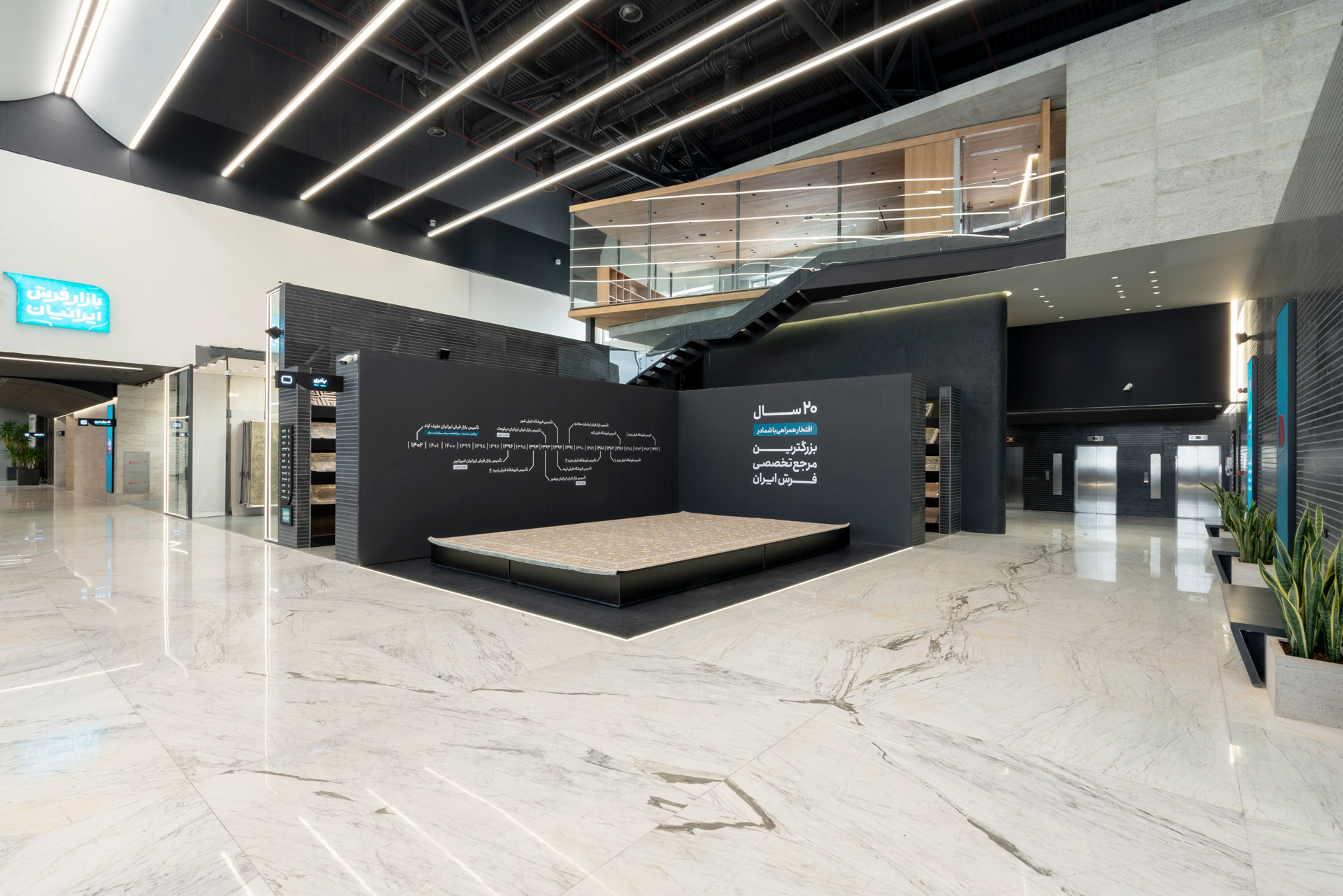
- .
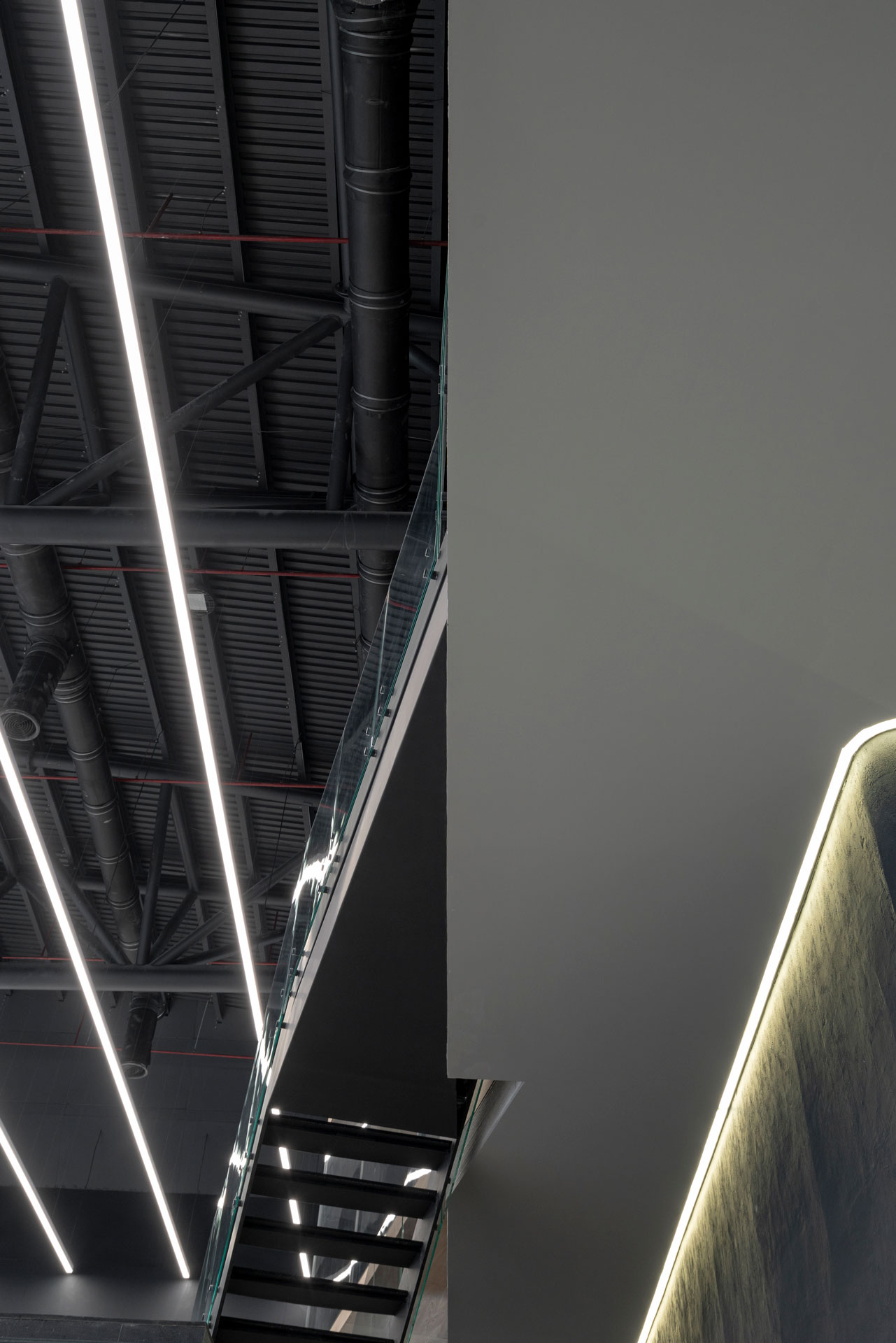
- .
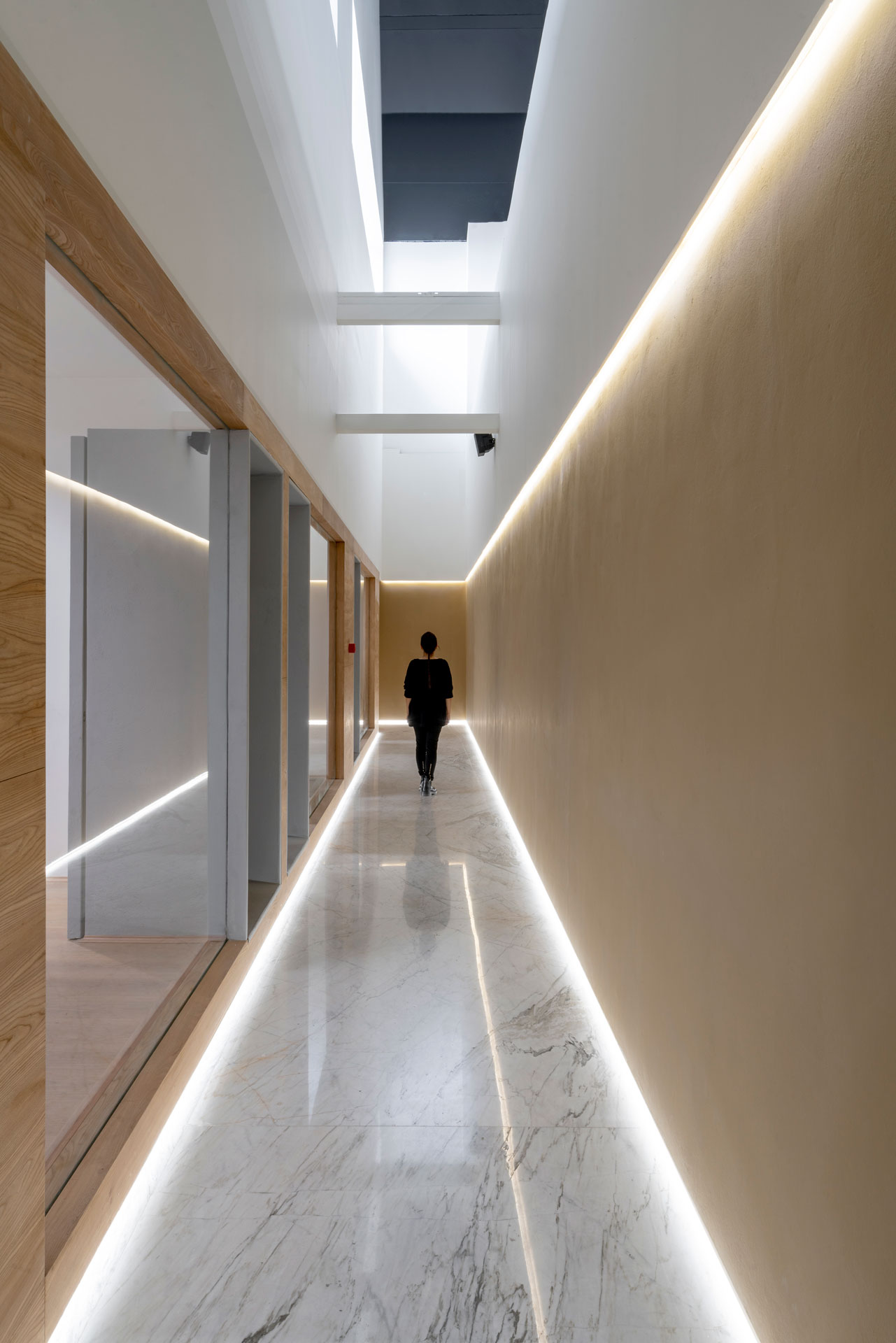
- .
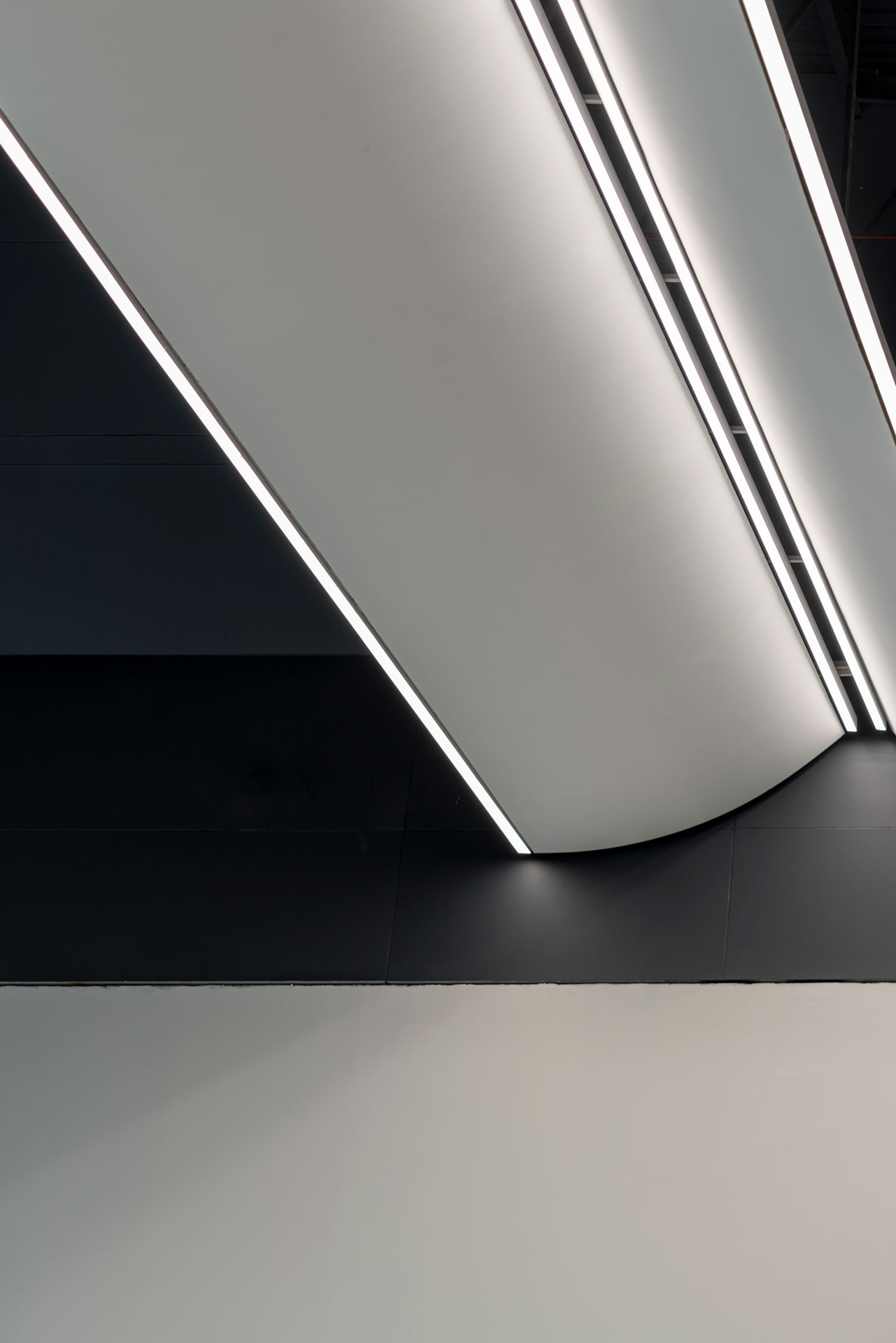
- .
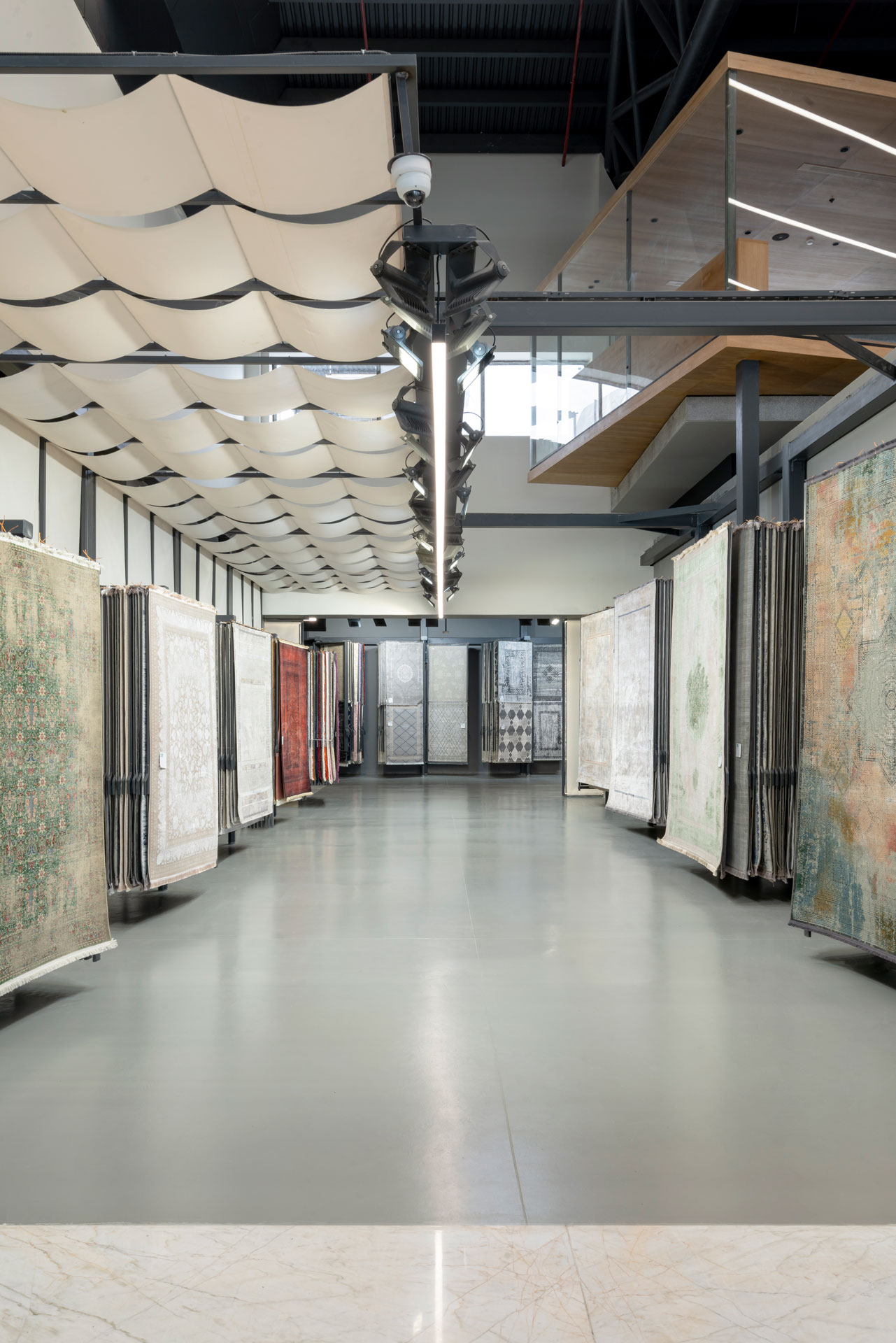
- .

- .

- .
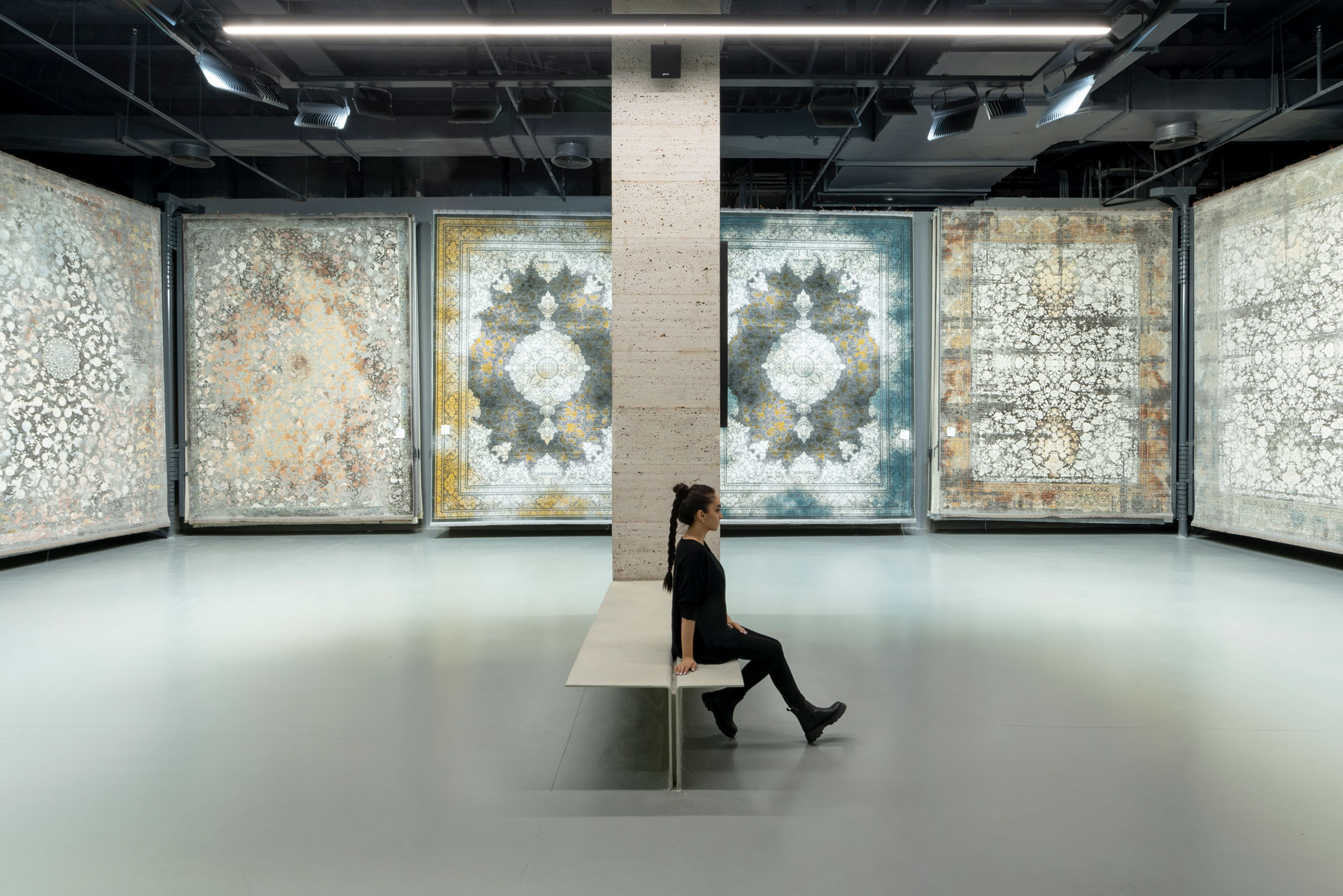
- .
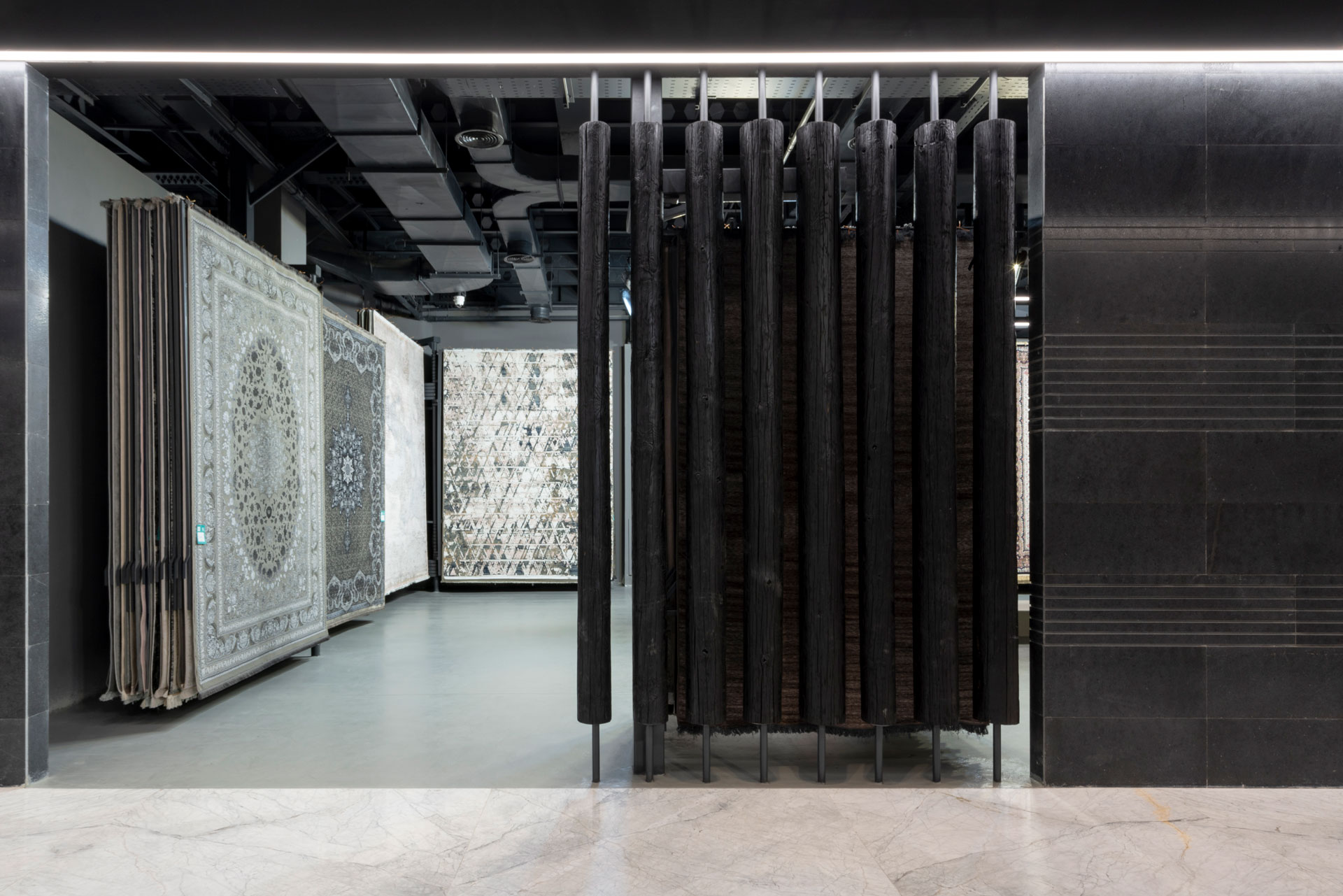
- .
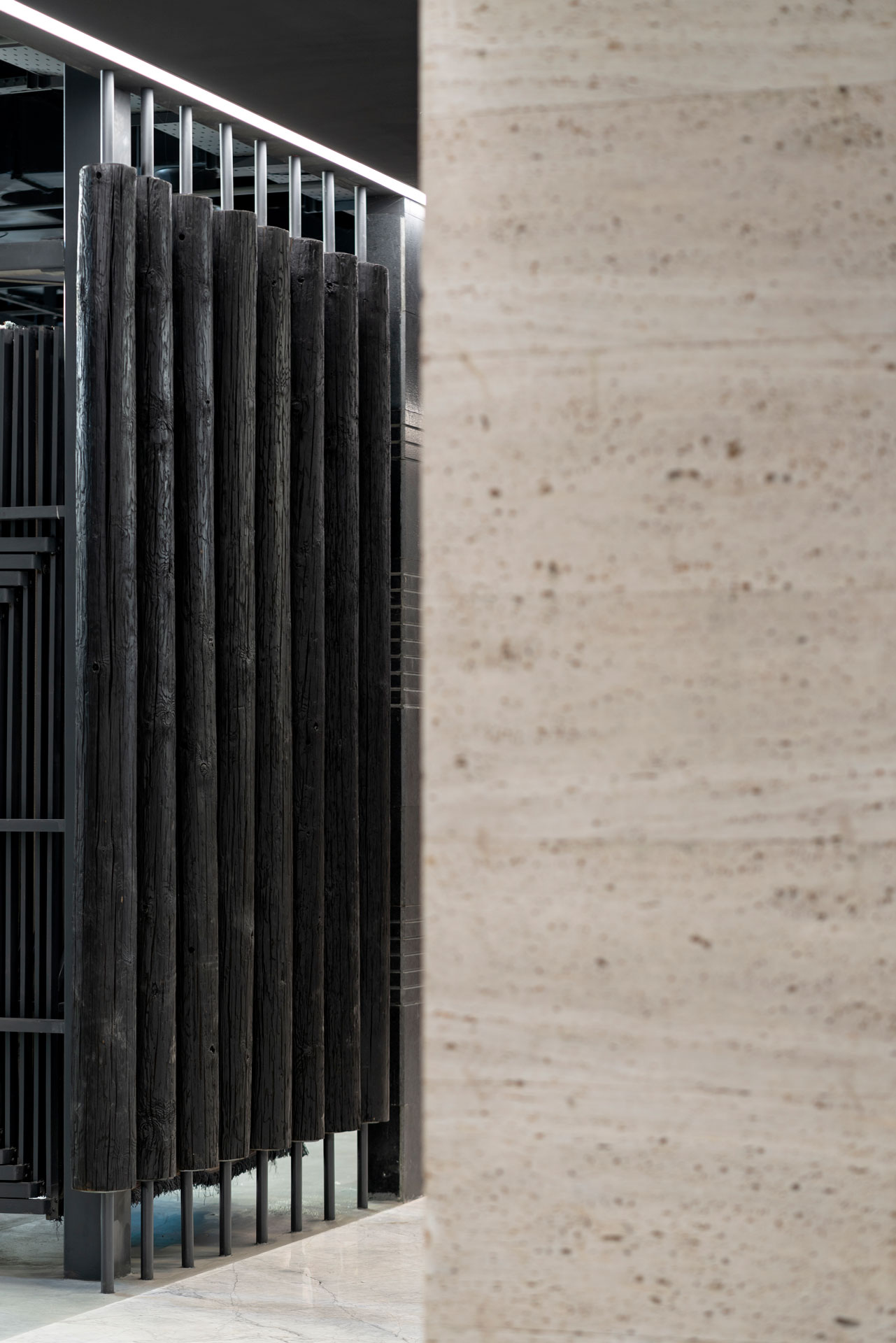
- .
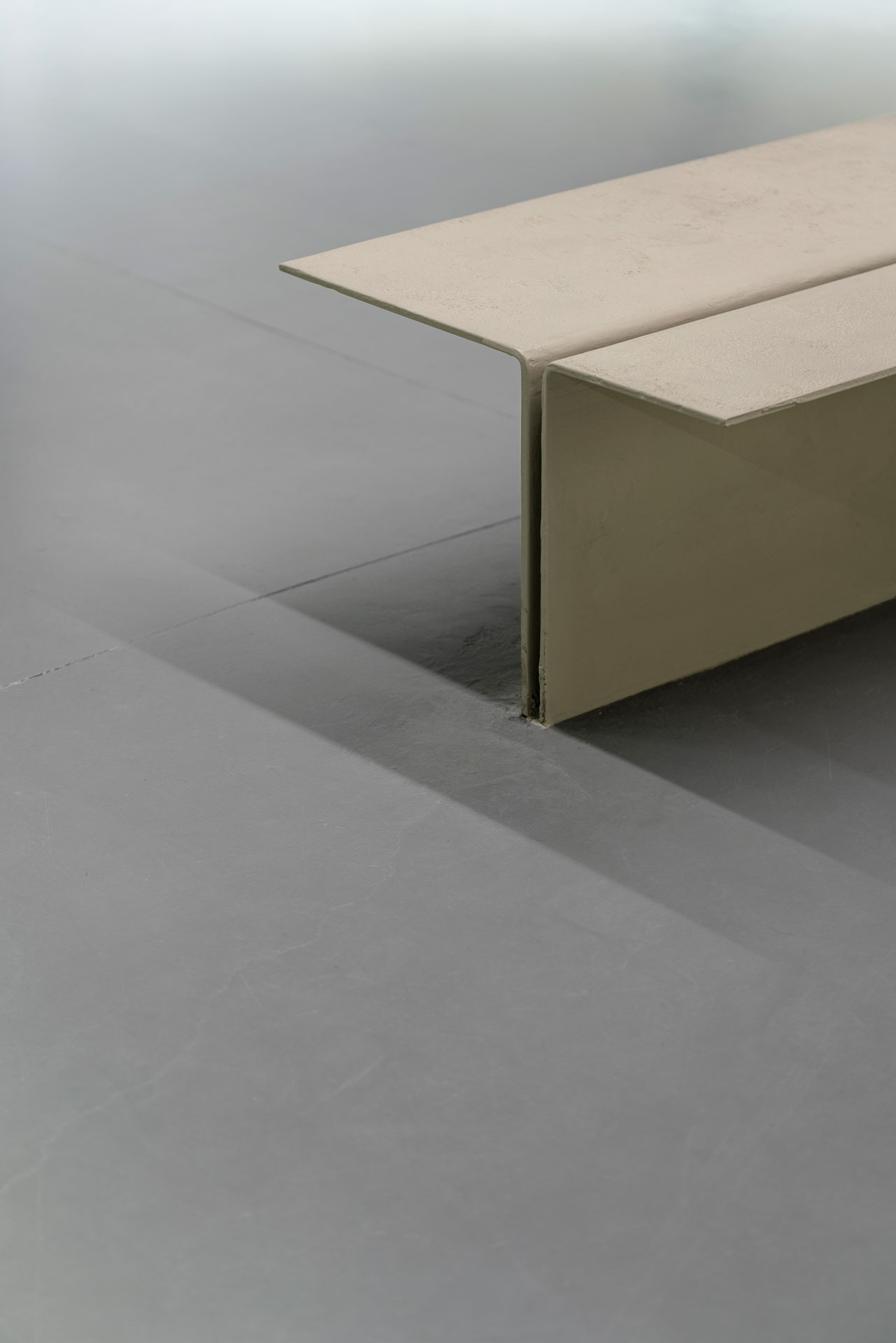
commercial
- .
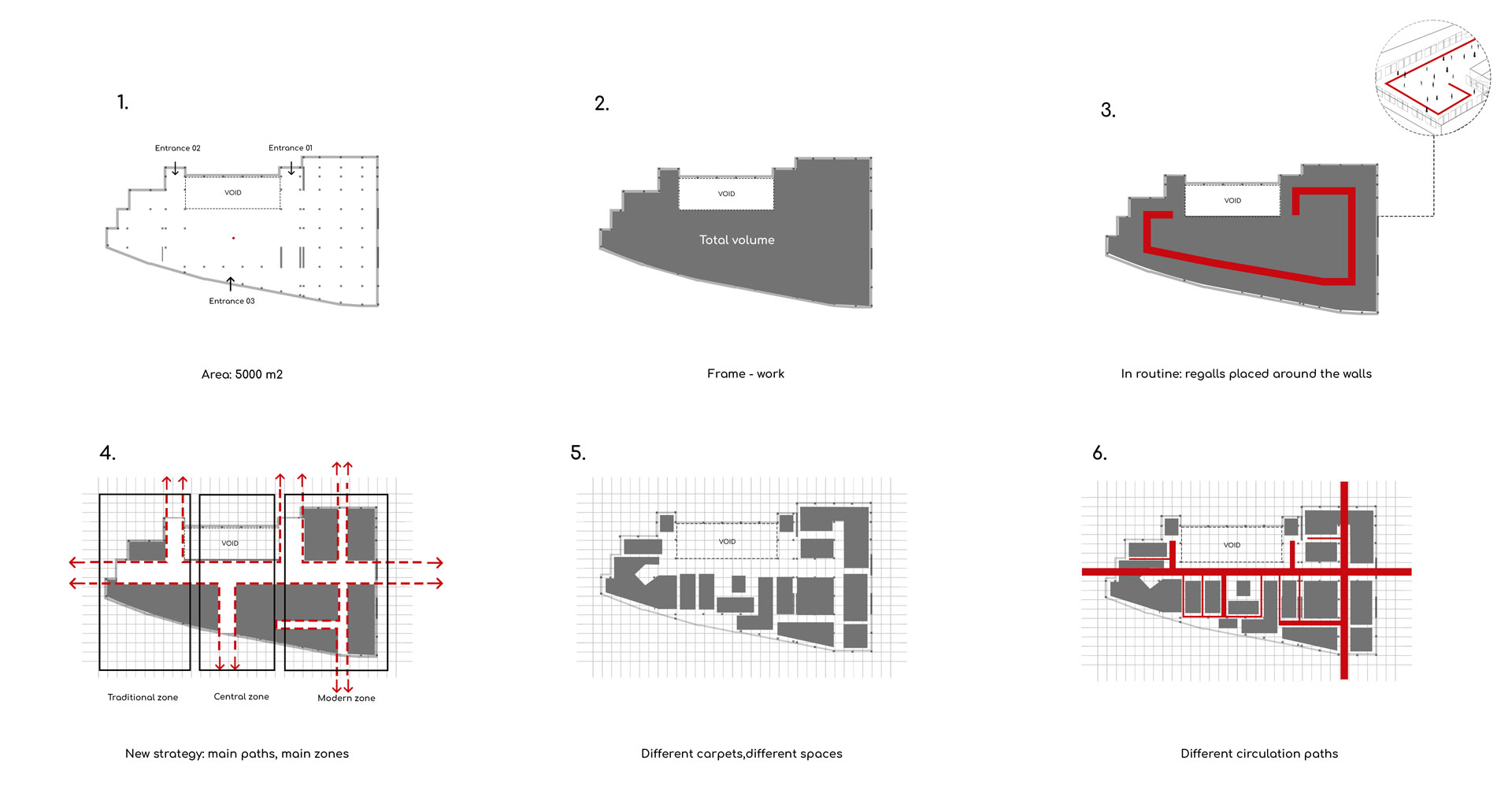
- .

- .

- .
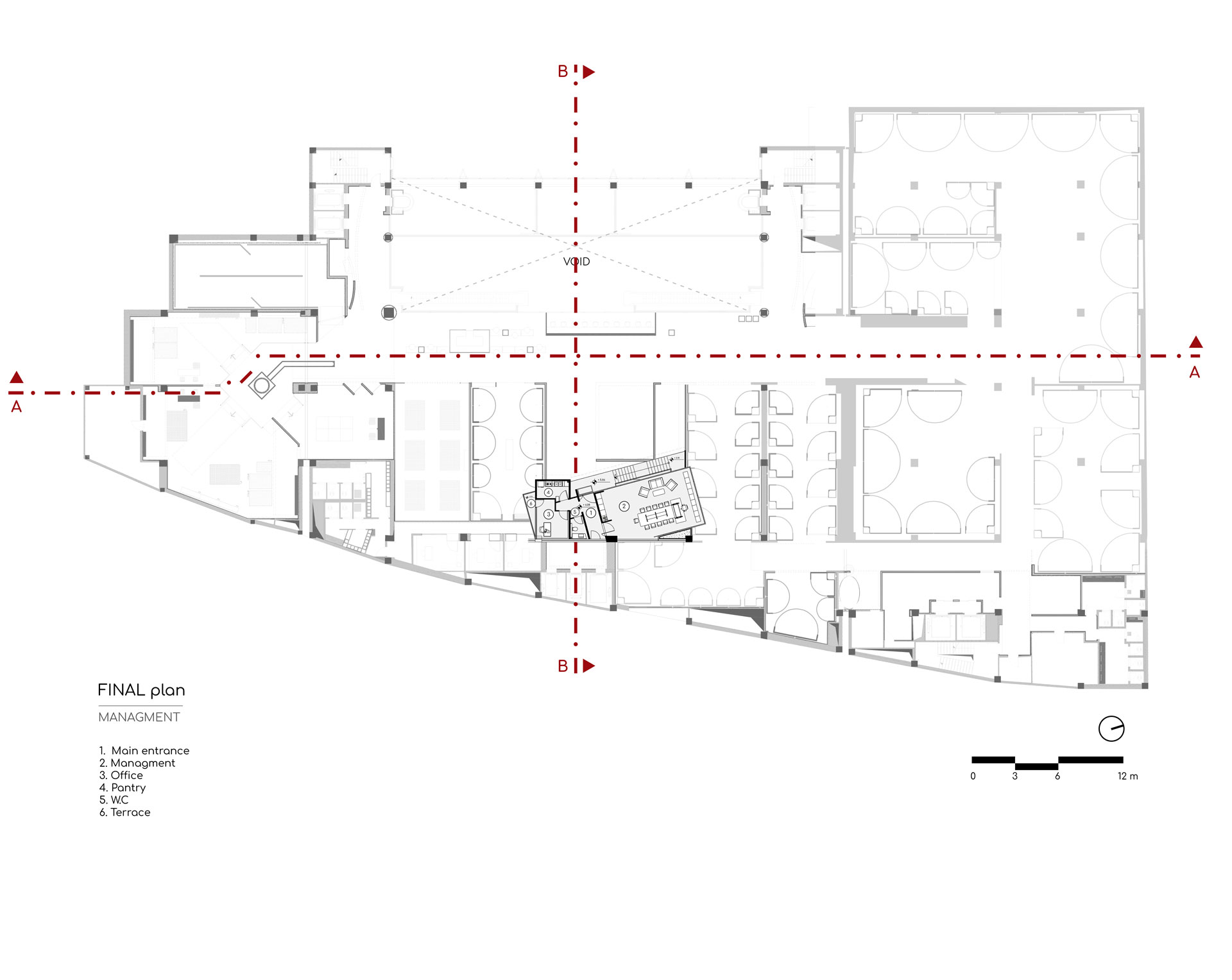
- .
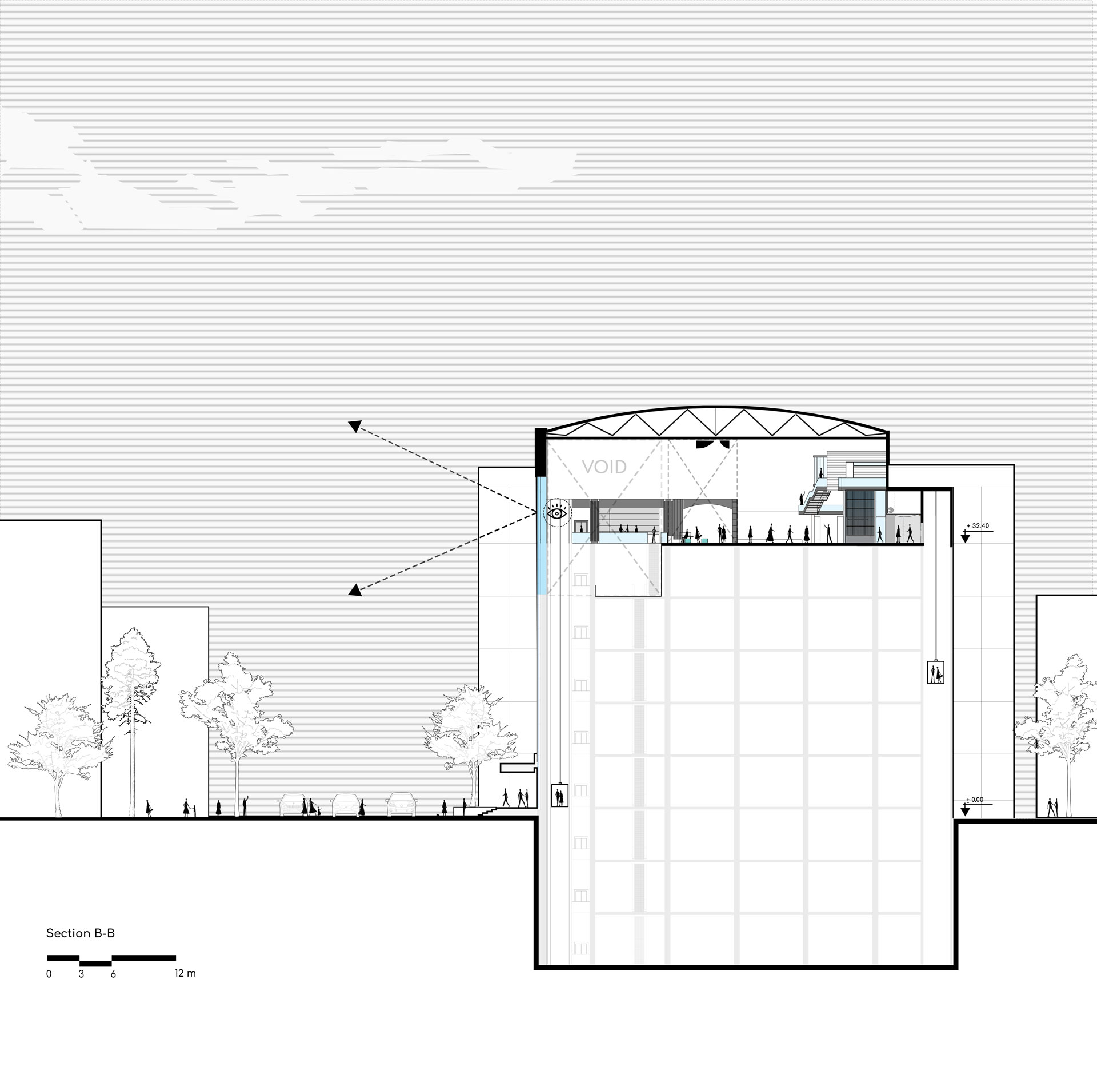
- .



